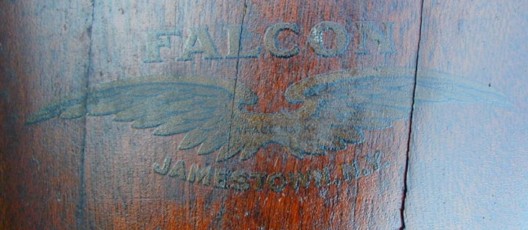Hello group,
Can someone educate me on the geneology of the Falcon brand of propeller (last certified props produced in Zellwood, FL). Who now owns the Type Certificate and under what name was it formerly produced? Fahlen? I have searched the FAA's TC listing and can't find Falcon.
Thanks!
John Scott
Can someone educate me on the geneology of the Falcon brand of propeller (last certified props produced in Zellwood, FL). Who now owns the Type Certificate and under what name was it formerly produced? Fahlen? I have searched the FAA's TC listing and can't find Falcon.
Thanks!
John Scott

Comment